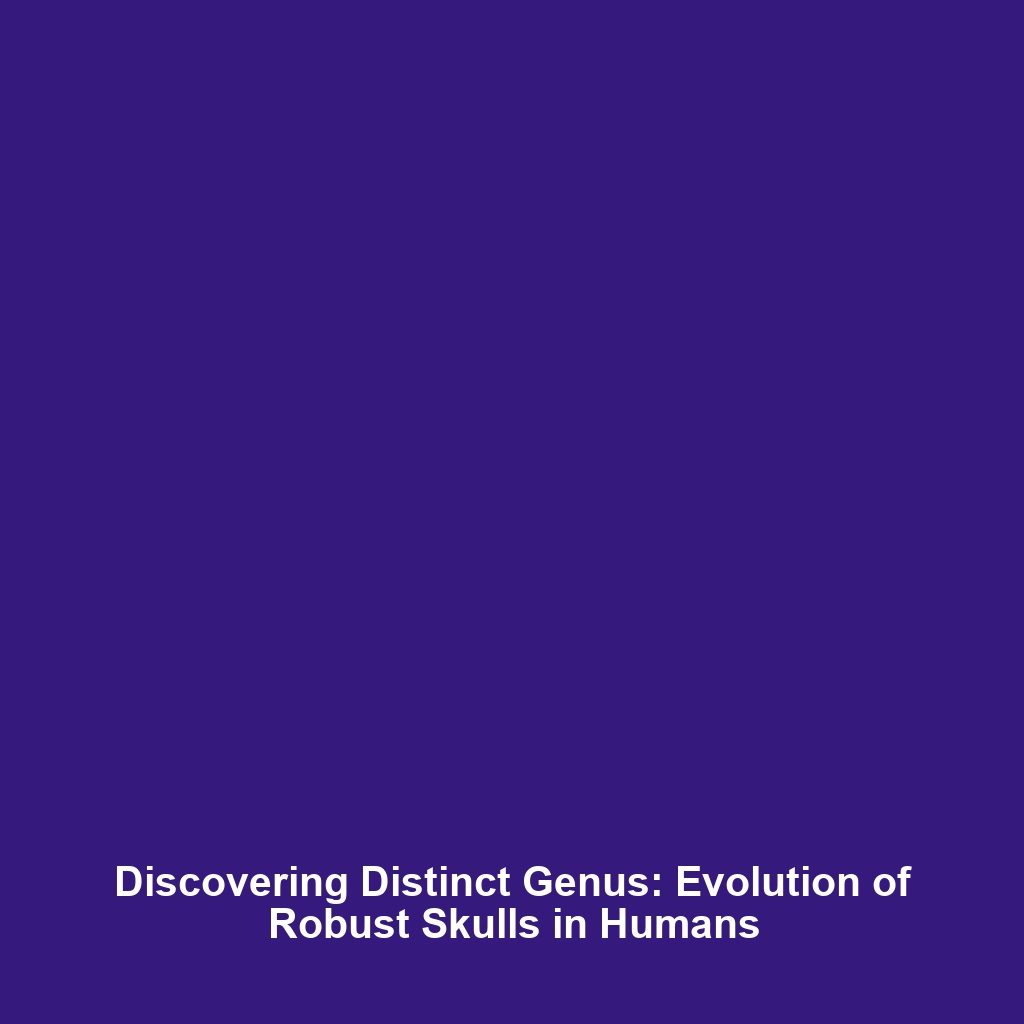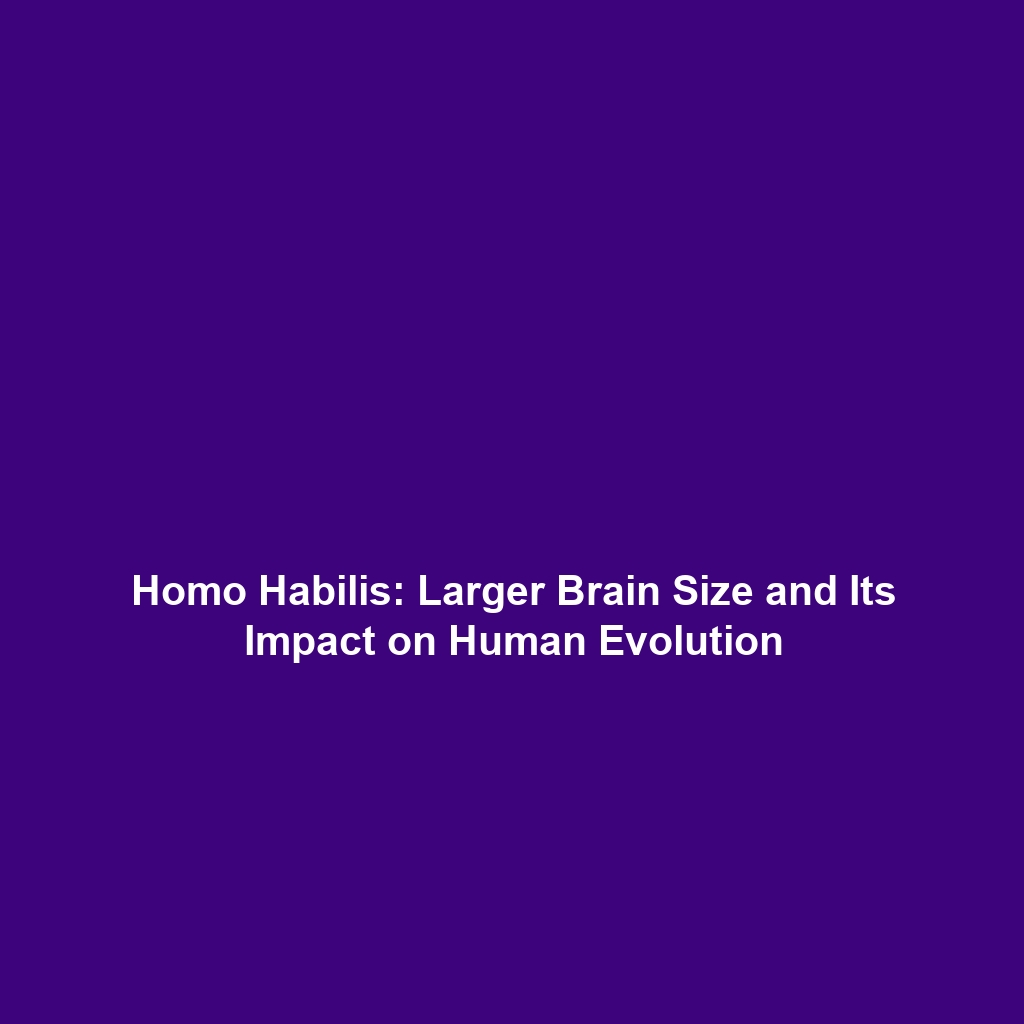Early Primate Evolution: A Foundation of Human Evolution
Early Primate Evolution is a critical aspect of biological history, shedding light on the development of traits that define both humans and our closest relatives. Understanding the origins and diversification of early primates is paramount for deciphering the complex narrative of Human Evolution. This exploration reveals how adaptations in early primates laid the groundwork for characteristic human features such as bipedalism, complex social structures, and enhanced cognitive abilities. In this article, we will delve into the significant concepts, applications, challenges, and prospects for future research in Early Primate Evolution.
Key Concepts in Early Primate Evolution
Early Primate Evolution encompasses several fundamental principles that bridge the gap between primitive mammals and modern humans. Notable concepts include:
- Evolutionary Adaptations: Primates exhibit various adaptations such as stereoscopic vision and flexible limb structure, which were essential in navigating complex arboreal environments.
- Common Ancestry: Studies in genetic and fossil records suggest that humans share a common ancestor with modern primates, such as chimpanzees and bonobos, highlighting shared evolutionary traits.
- Environmental Influence: Rapid environmental changes during the Cenozoic era drove evolutionary pressures, resulting in diverse primate adaptations that further influenced human development.
Applications and Real-World Uses of Early Primate Evolution
Understanding Early Primate Evolution has profound applications in various fields:
- Conservation Biology: Insights from early primate adaptations inform conservation strategies aimed at protecting endangered primate species.
- Medical Research: Studying primate behavior and physiology can lead to advancements in medical science, particularly in understanding human diseases.
- Cultural Anthropology: Exploring the origins of social structures among early primates enhances our understanding of human cultural evolution.
Current Challenges in Early Primate Evolution Research
Despite advancements, numerous challenges persist in the study of Early Primate Evolution:
- Data Scarcity: Fossil records are often incomplete, making it difficult to construct comprehensive evolutionary timelines.
- Complexity of Evolutionary Pathways: Mapping the exact lineage splits among primates remains a contentious issue given the complexity of evolutionary change.
- Interdisciplinary Challenges: Integrating insights from paleontology, genetics, and anthropology requires collaboration across diverse scientific fields, which can be logistically challenging.
Future Research and Innovations in Early Primate Evolution
Looking ahead, several exciting developments are on the horizon for Early Primate Evolution research:
- Genomic Studies: Advances in genomics are enabling scientists to explore genetic markers that can identify evolutionary relationships more accurately.
- Paleoenvironment Reconstruction: Innovative technologies are improving our understanding of ancient ecosystems, offering insights into the environmental contexts of primate evolution.
- Advanced Imaging Techniques: New imaging technologies allow for detailed analysis of fossilized remains, revealing anatomical features previously obscured.
Conclusion
In conclusion, Early Primate Evolution provides essential insights that inform our understanding of Human Evolution. The adaptations seen in early primates serve as a foundation for comprehending human development, behavior, and biology. To further explore this fascinating topic, consider visiting related articles such as Human Evolution Overview and Primate Adaptations through the Ages. Engaging with this research not only enriches our knowledge but also highlights the importance of preserving the evolutionary legacy of primates and their connection to humanity.









